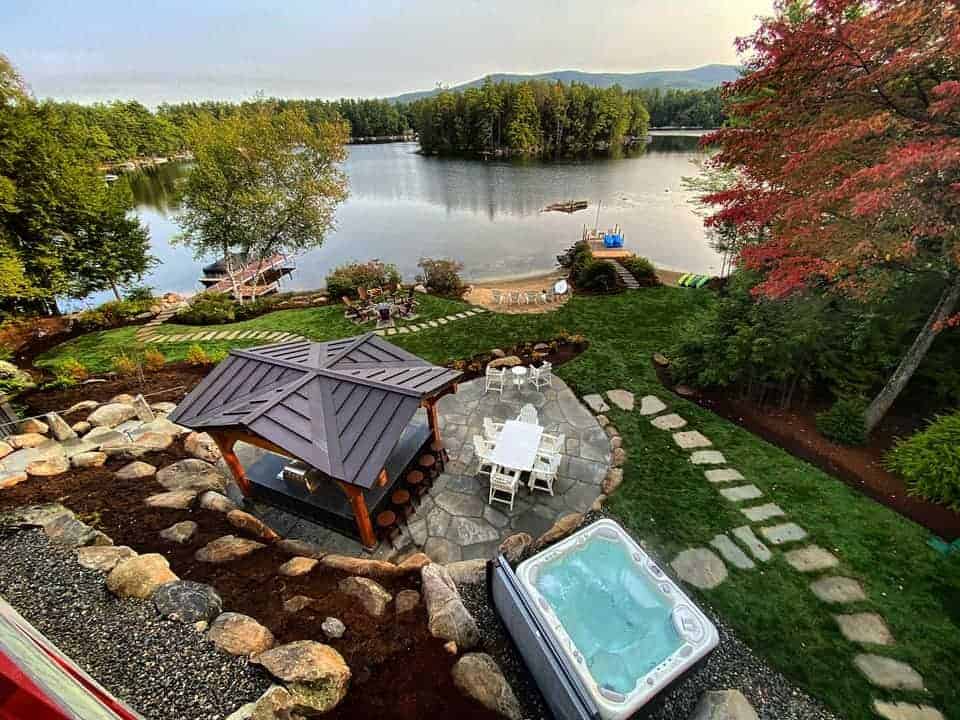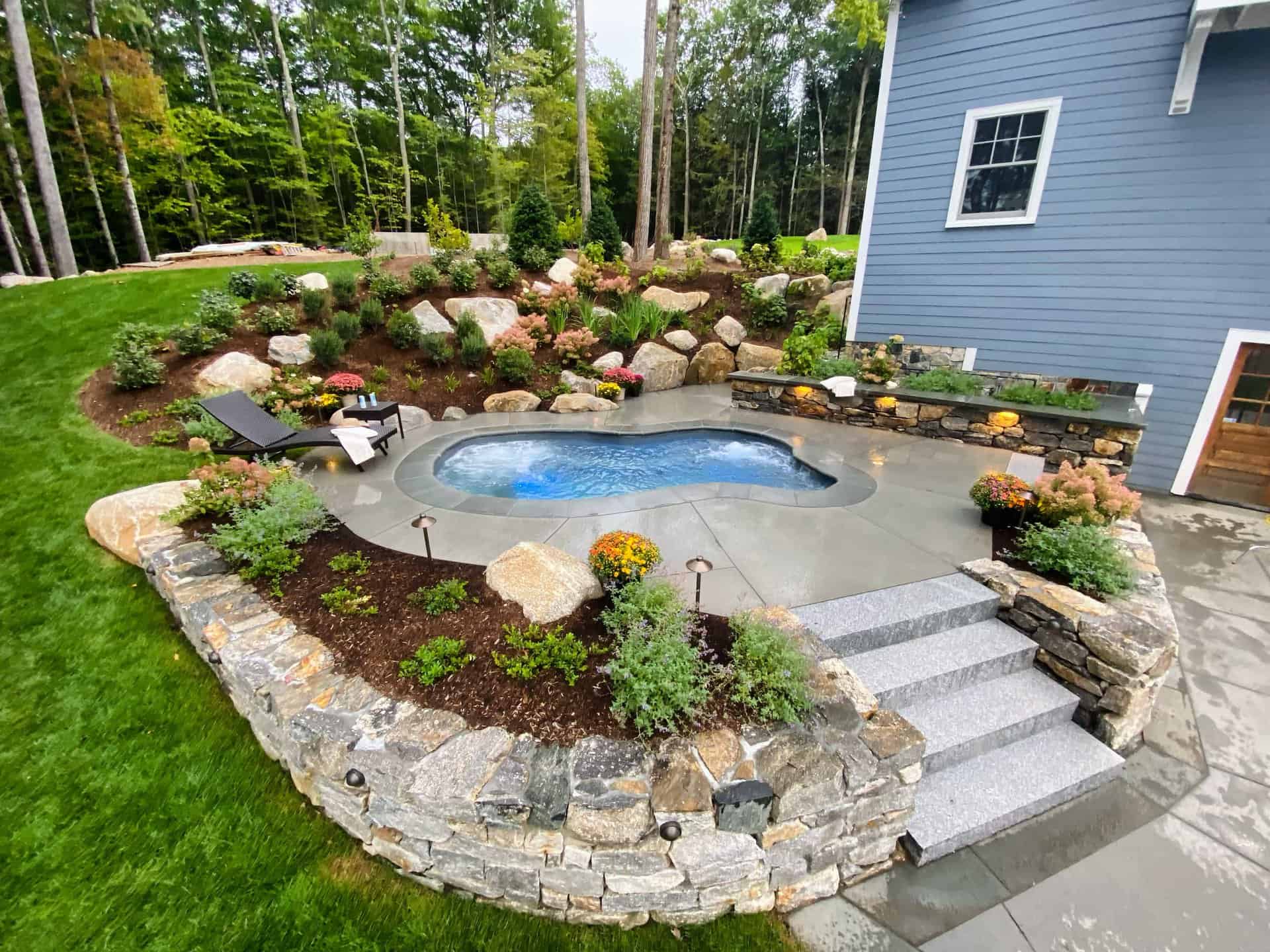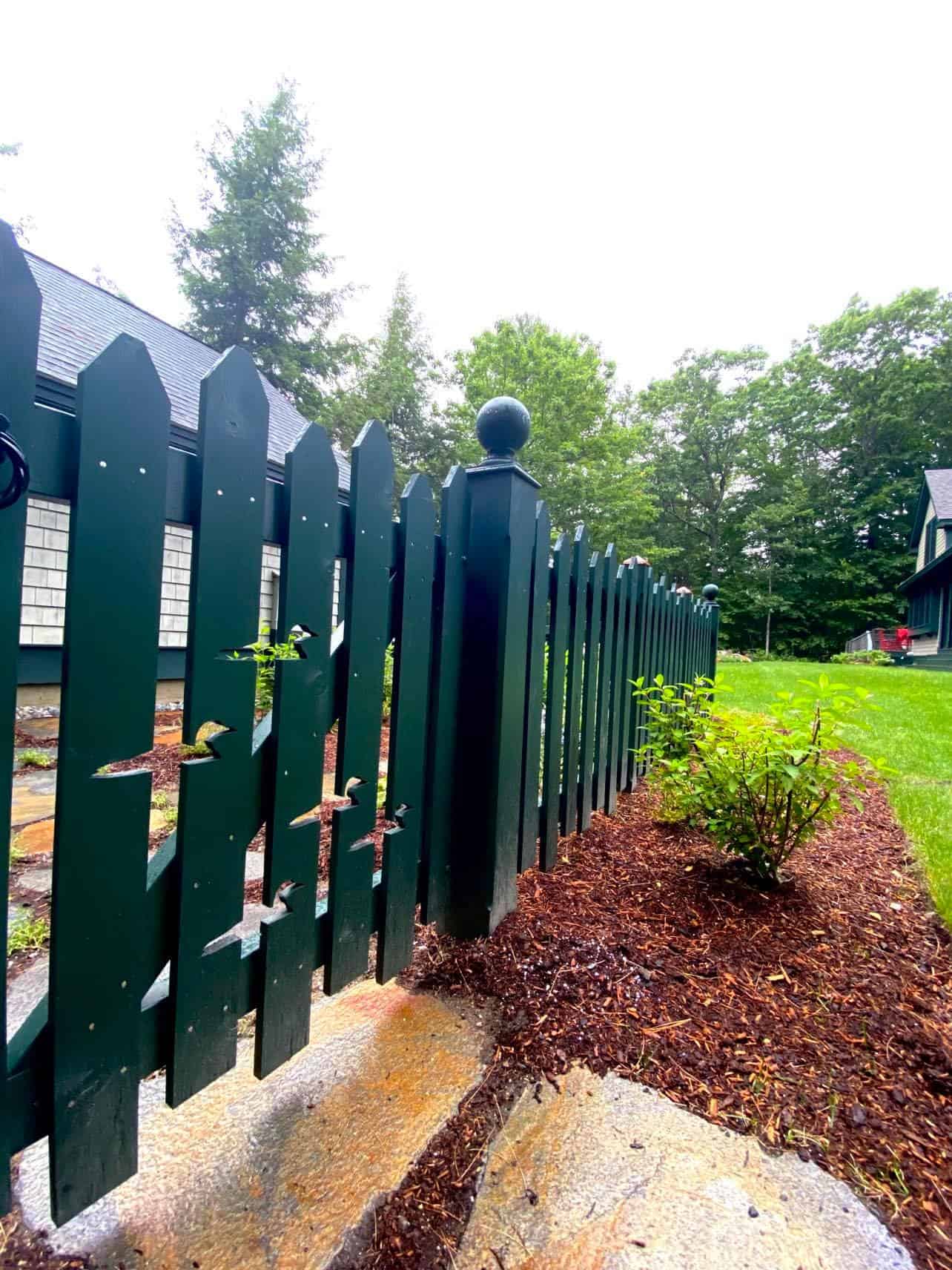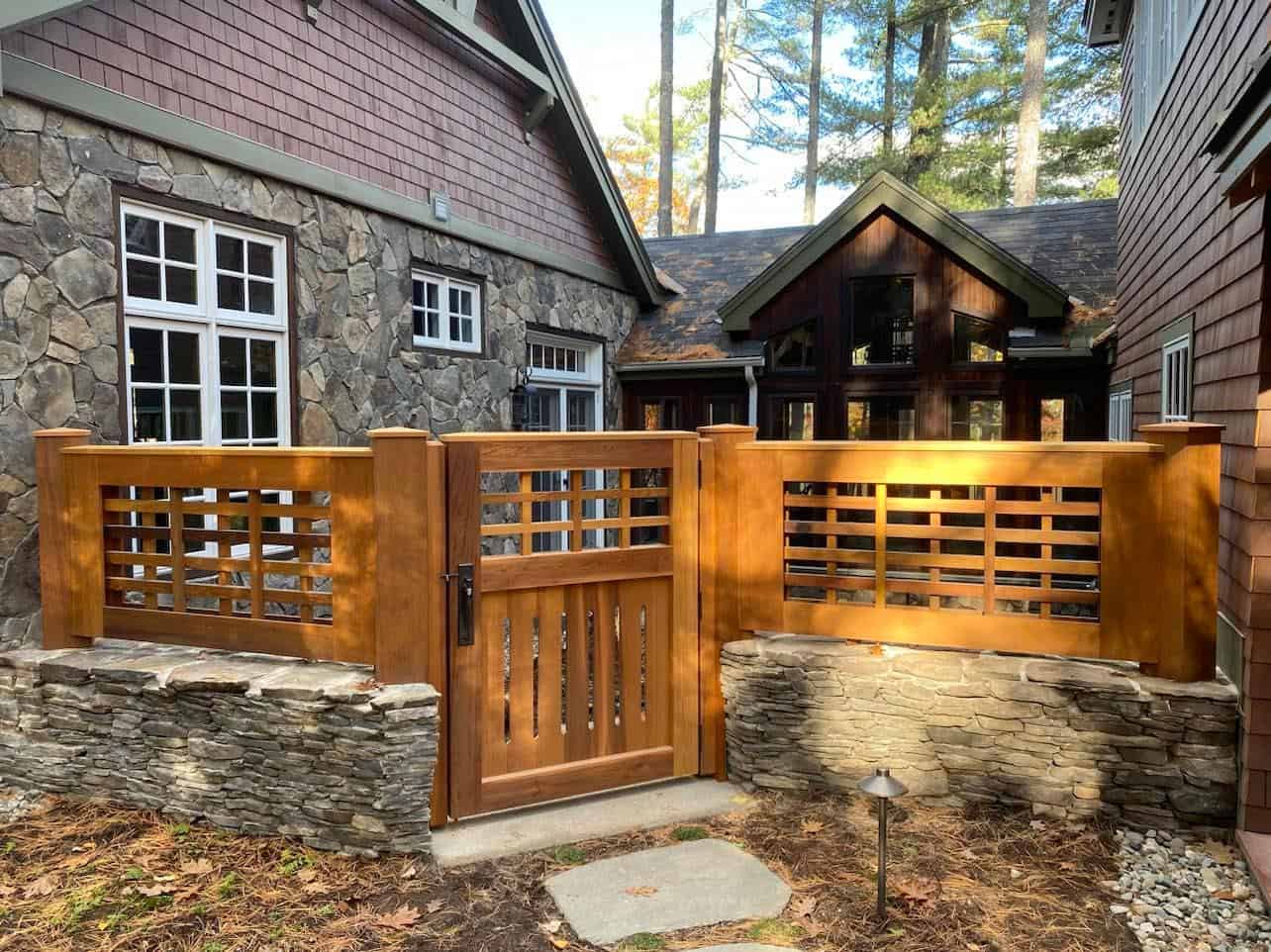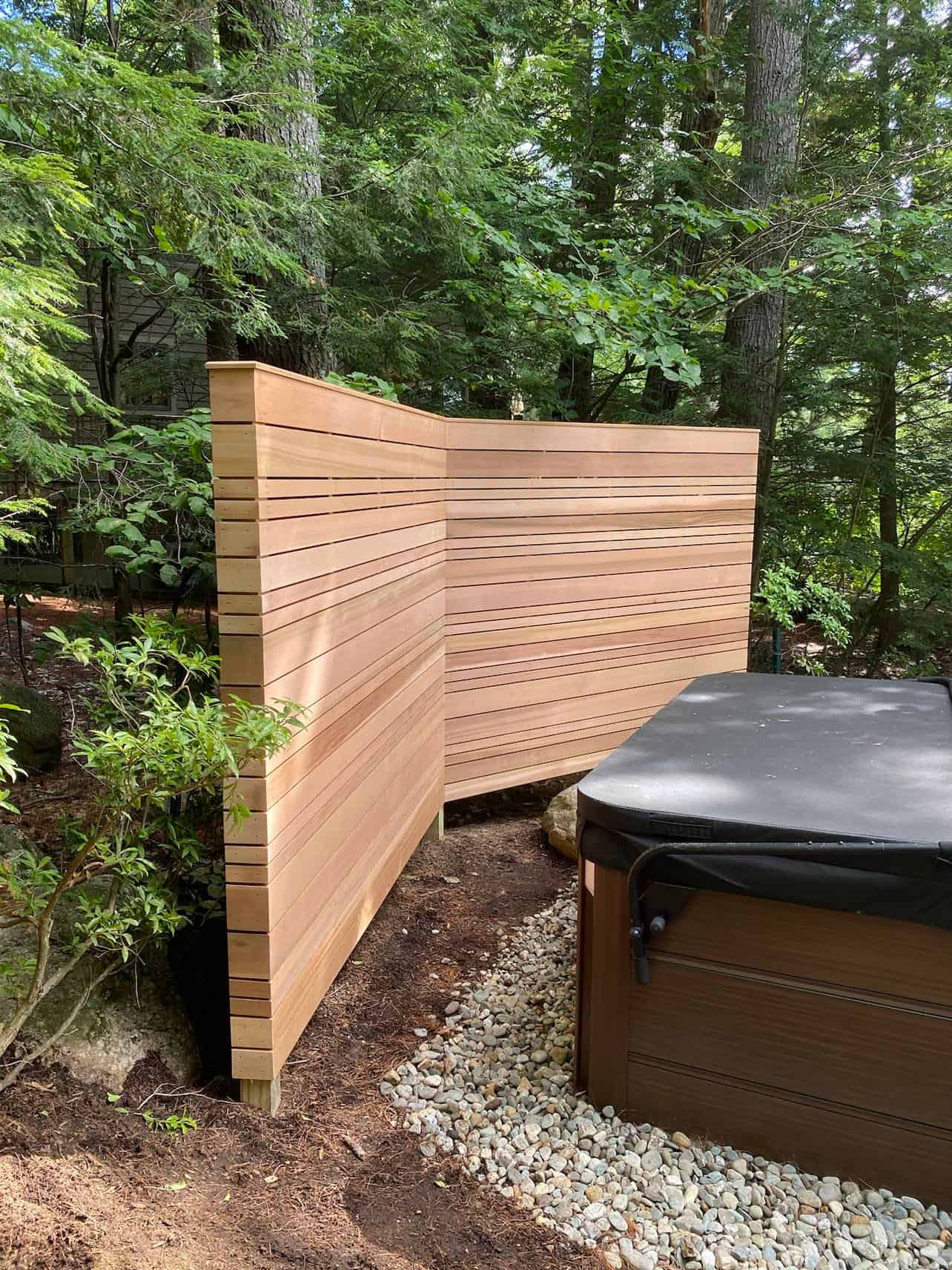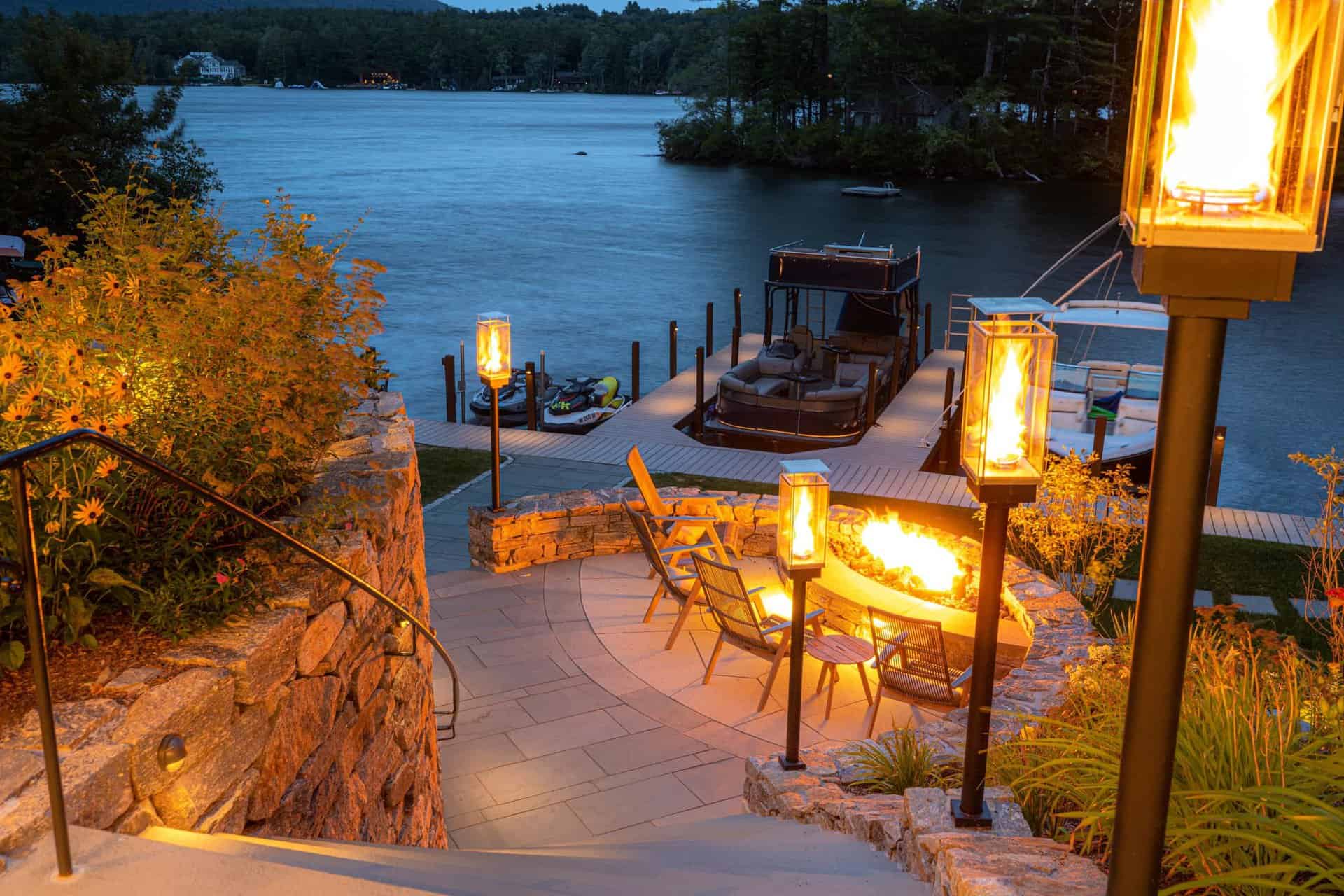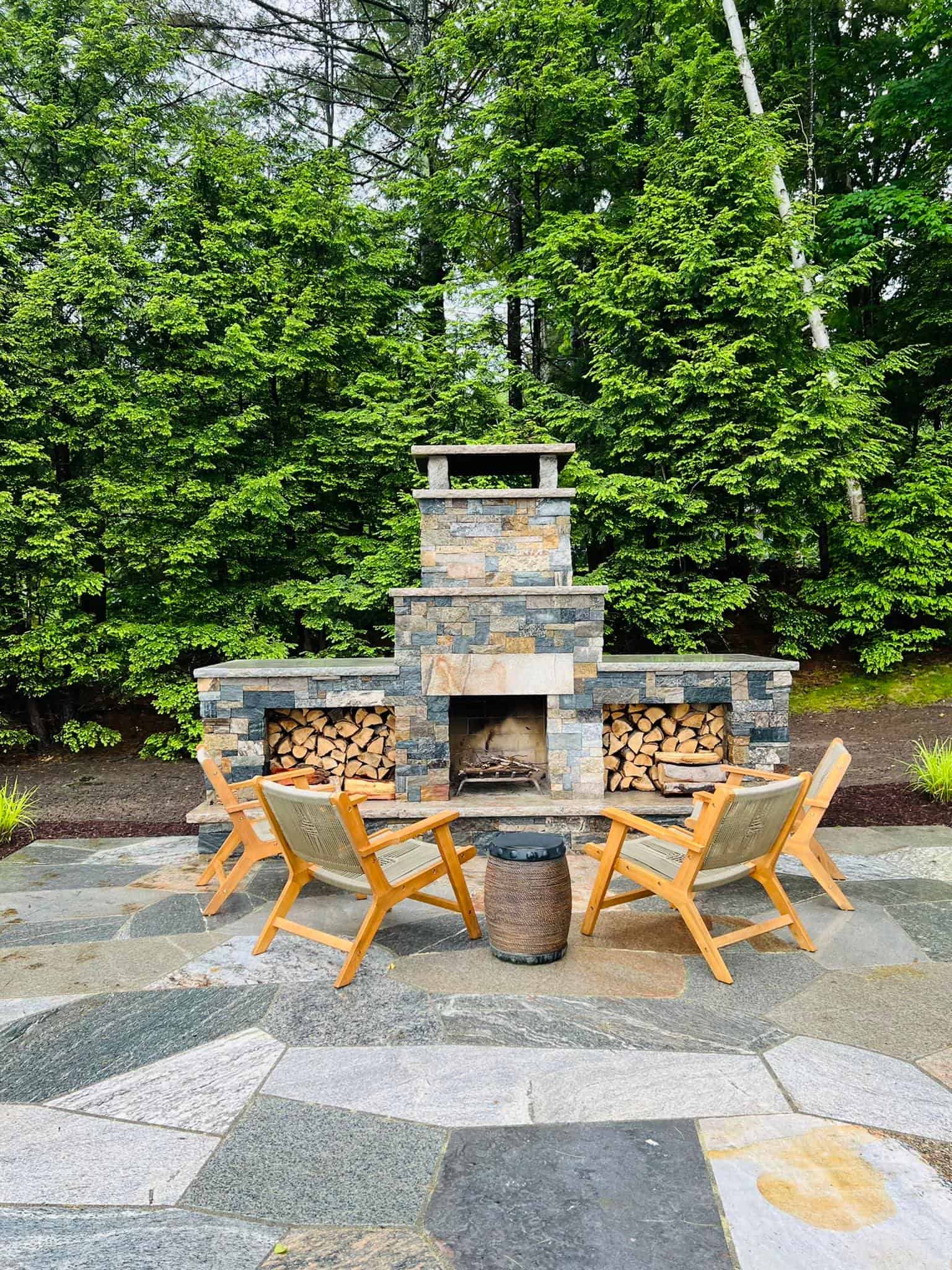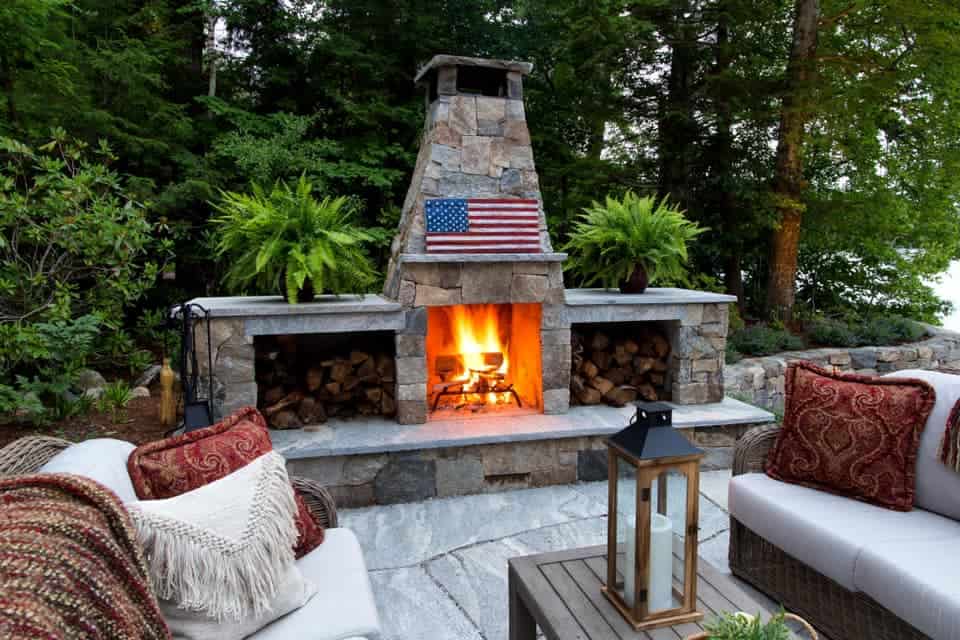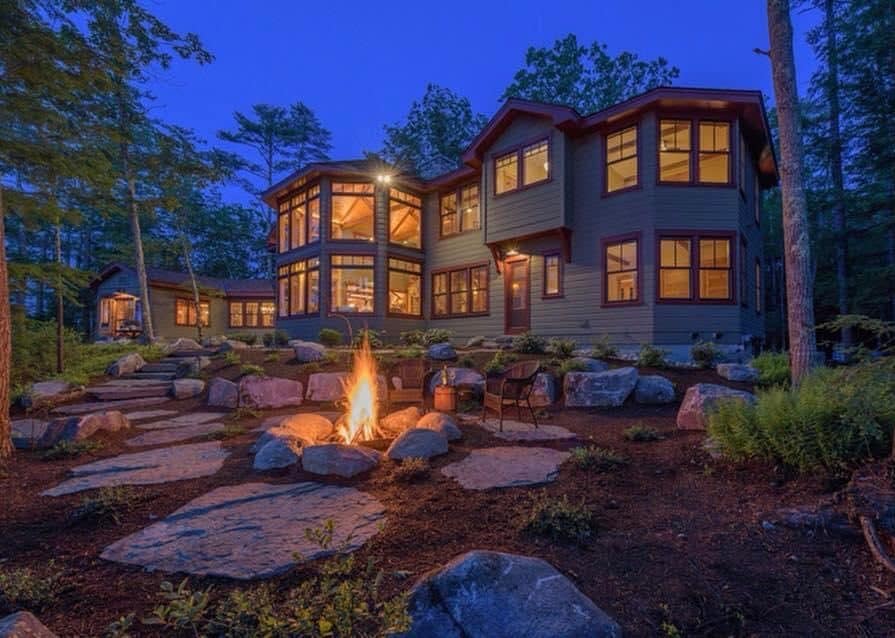Now that the snow and ice are receding a bit, and we are beginning to get tiny glimpses of spring, it’s time to prepare our outdoor spaces for warmer weather. With a little bit of preparation, it won’t take much work to make your yard ready for use in the warmer months to come.
- Clean debris. The first thing to do is to walk around your yard and see what happened over the winter. You’ll likely notice debris and broken branches left over from the winter storms; leaves that fell after the snow started or that didn’t make it into the last fall clean up; long forgotten birds’ nests, paper, wrappers, and other miscellanea that blew in from the road. A quick raking will take care of all these issues and make your yard look cleaner in no time.
- Trimming. Next, you should trim bushes around your property that may be overgrown, or whose branches might have received damage from heavy snow. It’s also a good time to trim tree branches that may be dead; with no leaves on them, you can really get up close and inspect the branches thoroughly.
- Mulch. Late April or May is a generally good time to apply mulch around trees, shrubs, and other plantings. This is because weeds have not had a chance to grow yet, and the soil is beginning to warm up. Mulching in the spring will also lock in nutrients needed for your plantings and add to your yard’s aesthetic when the warm weather comes, and everything starts to grow and bloom.
- Fertilize the lawn. The grass is waking in the spring and needs to be fed, and late March/early April is the perfect time to start applying fertilizer. It’s also a great time to deal with crabgrass if you have patches of it on your lawn.
- Spreading the snow. If you have big piles of snow on your lawn, it’s a good idea to spread it around on your lawn more evenly, so some spots of the lawn aren’t overly wet while others remain dry. (Try to stay off the overly wet part until it dries out a bit to give the grass a chance to grow and not have that area become a muddy mess.)
- Reevaluate entertainment areas. Now is also a good time to consider how you’re using your outdoor spaces, and decide if you want to make any changes to add or expand on any entertainment areas like an addition of a pergola or pavilion, a built-in spa or hot tub, or designing an outdoor kitchen for example.
Garden Planning
After the black and white panoramas of winter, the thoughts of spring’s color fill many of us with cheerful anticipation. Many of us love the beginning of spring because it’s the signal that we can get our gardens going!
Spring is the perfect time to plan what you want to plant this year. Walk around your property and see if you’d like to make any changes to your landscape, like adding new flowers, shrubbery and trees, or maybe even a fruit or vegetable garden, for example. Spring is also the time to think about replacing what may have died or been irreparably damaged over the winter.
If you are planning a vegetable or flower garden, you will need to start your plants early indoors or in a greenhouse if you are not buying your seedlings from a commercial grower; traditionally, the seedlings are planted outside in New Hampshire after Memorial Day because that’s the last date we can be sure of avoiding a killing frost.
However, you can prepare your outdoor garden soil now by cleaning up any debris, including any old mulch and dead leaves in your proposed garden space. You’ll need to pull any weeds or annuals that may have wintered over in your garden, and loosen the soil with a tiller as the weight of the snow may have compacted it a bit; you can add compost at this point as well, to make sure the soil is well fertilized.
With a little thought and advanced preparation, your landscape, gardens, and entertainment spaces will be ready for spring. We’ll be happy to help with all of this, including creating a master plan for spring success and making the most of your outdoor spaces for increased property value and enjoyment. Please call us at 603.707.0630 or email us to get started.


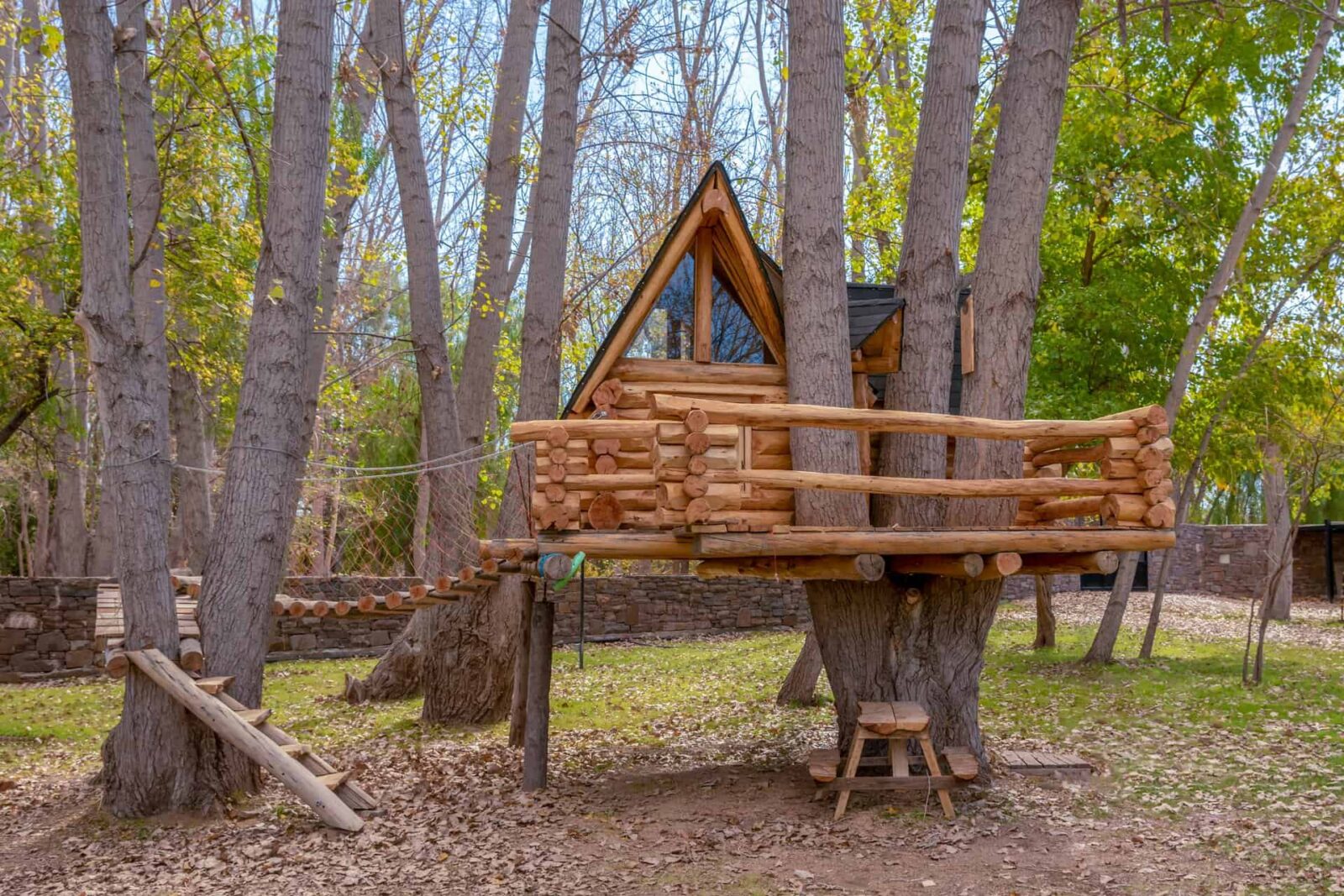 Up in the Treetops
Up in the Treetops